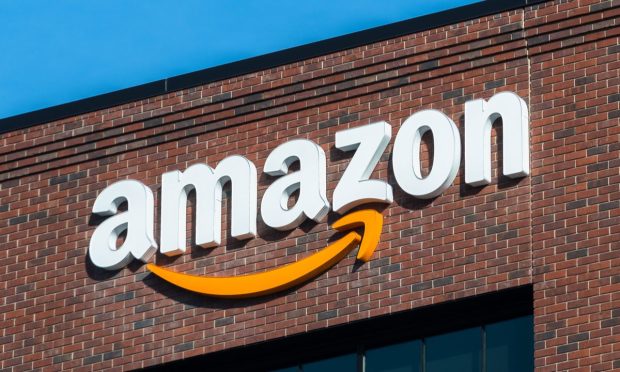Amazon Sheds Little Light on Store Plans, but is Committed to ‘Omnichannel Experience’

Though PYMNTS research suggests this year will be a very digital Christmas, Amazon is still pushing forward, albeit clandestinely, with its plans for more physical retail locations in an effort to create a truly omnichannel experience.
Amazon’s largest brick-and-mortar presence is through Whole Foods, acquired in 2017, and its roughly 500 locations. The company also has 4-Star stores showcasing top items from its marketplace as well as bookstores and its own branded grocery locations, and Amazon is reportedly preparing to open department store-style spaces in California and Ohio in the near future.
Read more: Technology Front and Center in Proposed Amazon Department Stores
Dave Fildes, Amazon’s director of investor relations, declined to elaborate on any further plans for the eCommerce giant’s brick-and-mortar presence, but told analysts on a conference call last week that the company’s objective is to give consumers a choice and offer them the ability to shop either in store or online, “whatever works best.”
“The goal around this has really raised the bar for what customers can expect with this omnichannel experience,” he said. “So, we like the hybrid model and we’re working on continuing to evolve a lot of our interesting in-store experience that will resonate with customers.”
Related: Amazon Warns of Billions in Additional Costs to Meet Holiday Demand
PYMNTS’ proprietary data show that Amazon’s physical stores revenue, which mainly comprises Whole Foods, increased by over 11% year-over-year in the second quarter, the first year-over-year increase since early 2020. Approximately $4 billion of Amazon’s gross sales in the second quarter came from physical stores.
See also: AMZN vs. WMT Weekly: Retail Giants Remain In Dead Heat For Top Spot
Fildes told analysts that Amazon is also focused on removing friction from the brick-and-mortar shopping experience through innovations such as Just Walk Out technology, utilized in several Amazon Go and Amazon Fresh locations, and Amazon One, a contactless way for people to enter stores using their palm as identification.
“It just really eliminates … one of those things that people may not realize is such a hassle or deterrent to shopping — waiting in line,” Fildes said. “It’s really been really positively received by customers as they use that technology … so look for us to keep iterating on those and finding other new, innovative ways for customers to enjoy a unique shopping experience.”
Delivering the Goods
Amazon also last month unveiled a new program, called Local Selling, that allows third-party sellers to offer in-store pickup to customers in their area based on consumers’ increased use of and preference for buy online, pickup in-store (BOPIS) and curbside delivery. According to PYMNTS research, conducted in collaboration with Carat from Fiserv, 44% of consumers say BOPIS capabilities would encourage them to shop at physical stores, while 42% say curbside pickup of online orders would bring them to brick-and-mortar.
Read more: Amazon Pushing More Aggressively to Develop Omnichannel Capabilities
But Amazon is also focused on delivery options that don’t require physical stores. In 2019, the company said it intends to make one-day shopping the standard for all Amazon Prime members, and though COVID-19 put a wrinkle in the rollout of those plans, Chief Financial Officer Brian Olsavsky said Amazon is making progress, though it’s still not back to the levels of one-day delivery seen prior to the pandemic.
“We’re getting closer,” Olsavsky told analysts on the conference call. “We feel that labor constraints have not helped us close the gap there. But we don’t want to be just as good as we were before the pandemic. We expect that to increase in 2022.”
Olsavsky added that he expects that one-day delivery could be a boon to Amazon’s already dominant eCommerce business. “When something’s available in one day or less, now you really don’t have to go to a store, even if you need it very quickly,” he noted.
When Amazon first said it would be rolling out one-day shipping, Walmart and Target saw their stocks tumble. Amazon’s promise of two-day delivery, the current standard for Prime members, is credited by many in the retail industry as pushing consumers to expect that speed from everyone.
